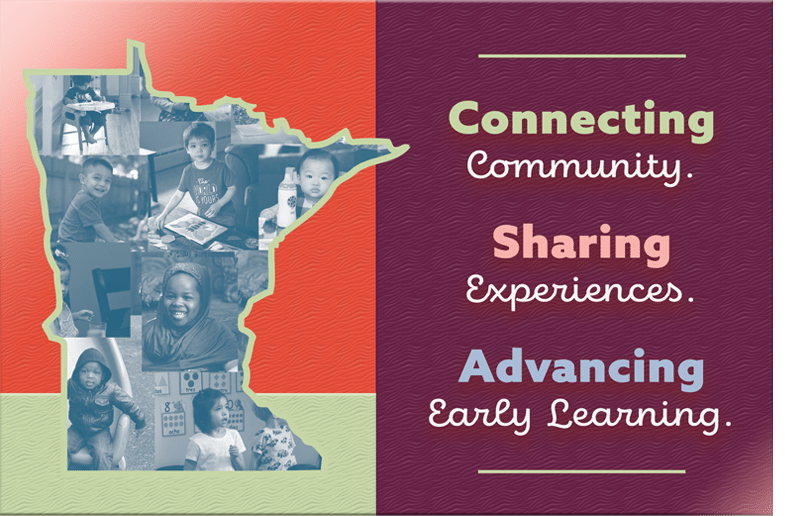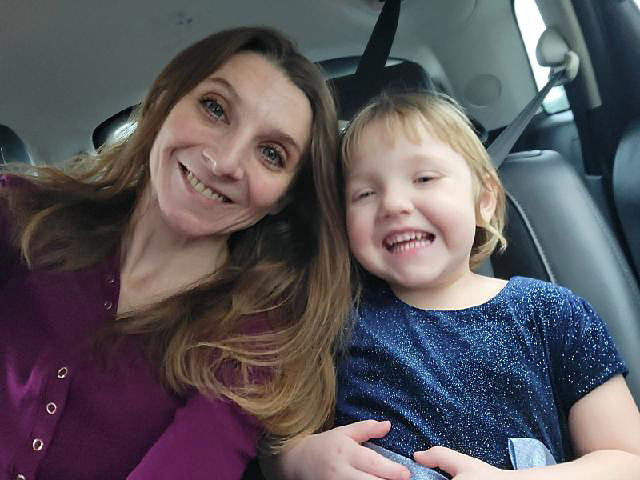By Kristie Thorson, Communications Specialist

Whether you’re a family child care provider who wants to share a program success or a parent who is struggling to find high-quality care, your voice needs to be heard. Your story needs a home.
That’s why Think Small is launching Long Story Short, an online story bank that will hold a collection of early learning stories from Minnesota and make them easily accessible to our staff, our partners, and the public. The stories will be used to inform, to inspire, and to catalyze change.
What Makes a Good Story?
Storytelling makes an issue come to life. Personal stories help illustrate how “real” people are impacted by a problem or benefit from a solution. A good story can connect with lawmakers, advocates, and members of the public, in a way that facts and numbers do not.

How to Tell Your Story?
Your story is significant. The first step is believing that you have a story to tell. Your words matter. The most impactful story might be one that you mistake as ordinary because it’s one that others will relate to the most.
Keep it simple. Effective stories are easy to read, understand, and share. Avoid technical terms and acronyms if you can.
Get personal. While you don’t have to include every private detail, you do need to be authentic as you share your experience. Tell us what happened in your voice, whether it be a success story or a challenge that you faced.
- What did you experience?
- What was the problem?
- How did you feel?
- Who are the characters and how are they relevant to your story?
- Was the situation resolved and if so how?
- If not, what still needs to be done?
- What lessons did you learn?
Those reading your story should benefit from your perspectives and hopefully learn from your mistakes.
Include images whenever possible. You’ve probably heard the old adage “A picture is worth a thousand words.” This is definitely true when it comes to storytelling! Attaching images to your stories allows readers to connect with your experience on an even deeper level.
Know your “why”. Why do you want to tell your story? Is there something you would like to see happen? A well-told story has the power to build empathy and inspire action. Incorporate this “why” into your story. Share how lives have changed or what has been accomplished, discuss what social problem needs to be addressed, or what could be done if more resources were available.
How will your story be used?
There is power in shared stories. Think Small created Long Story Short to keep Minnesota’s early learning stories front and center.

Stories shared on this website may also be used on social media, in blog posts, videos, emails, newsletters, annual reports, and in legislative testimony with the goal of building awareness, advocating for change, and generating support for early learning.
If you would like to share your early learning story with us, please visit the Long Story Short website at http://stories.thinksmall.org and complete the online form. We look forward to hearing from you!








